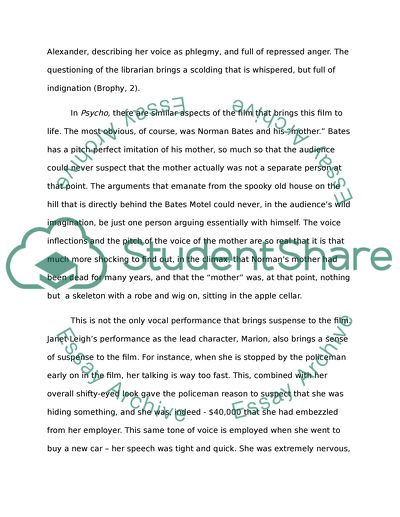Cite this document
(“Film art Essay Example | Topics and Well Written Essays - 2250 words”, n.d.)
Film art Essay Example | Topics and Well Written Essays - 2250 words. Retrieved from https://studentshare.org/visual-arts-film-studies/1488387-film-art
Film art Essay Example | Topics and Well Written Essays - 2250 words. Retrieved from https://studentshare.org/visual-arts-film-studies/1488387-film-art
(Film Art Essay Example | Topics and Well Written Essays - 2250 Words)
Film Art Essay Example | Topics and Well Written Essays - 2250 Words. https://studentshare.org/visual-arts-film-studies/1488387-film-art.
Film Art Essay Example | Topics and Well Written Essays - 2250 Words. https://studentshare.org/visual-arts-film-studies/1488387-film-art.
“Film Art Essay Example | Topics and Well Written Essays - 2250 Words”, n.d. https://studentshare.org/visual-arts-film-studies/1488387-film-art.


